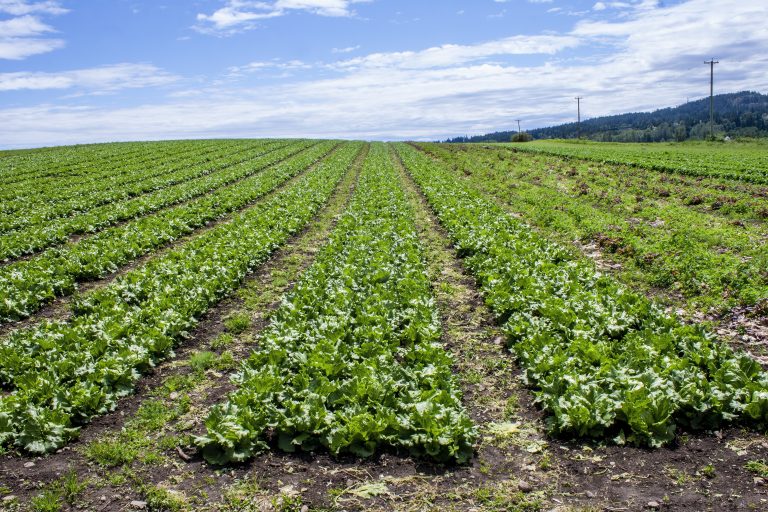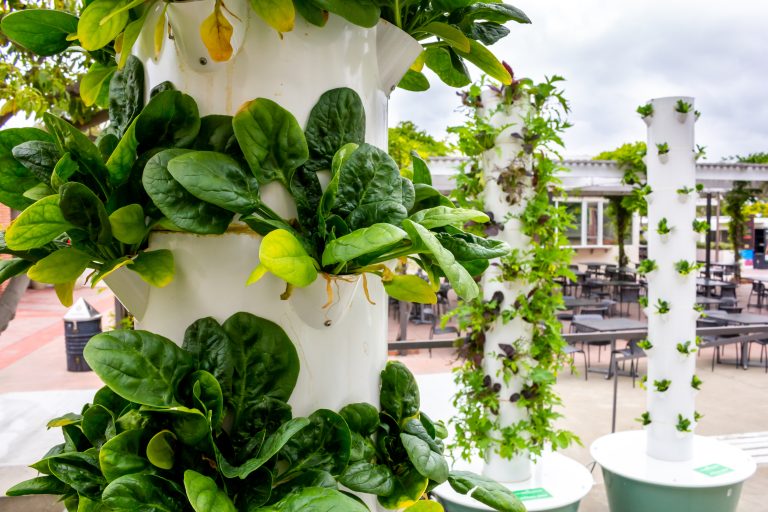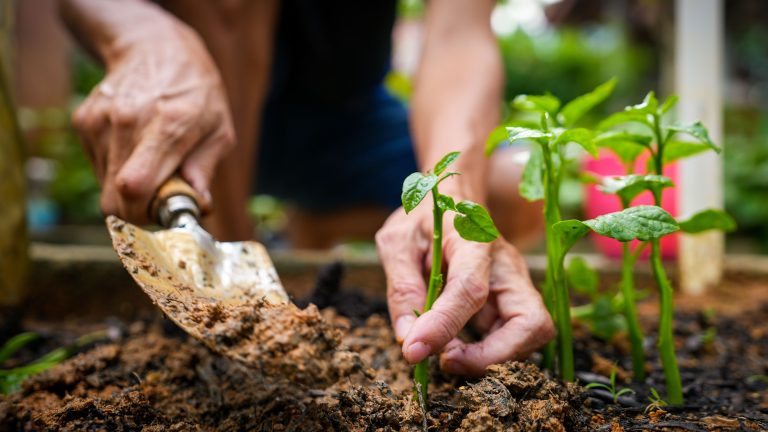10 Urban Homesteading Hacks for Thrifty Living

Welcome to the world of urban homesteading, where concrete jungles become lush oases of sustainability. Let’s dive into some thrifty hacks that will turn your urban space into a thriving homestead without breaking the bank.
1. Maximizing Small Spaces

Urban homesteading is all about making the most of what you’ve got. Think of your tiny balcony or window sill as prime real estate for your herb garden or microgreens. Stackable planters are your best friends here, allowing you to grow more in less space.
Just like in a game of Tetris, the key is to fit as much as you can in the most efficient way possible. And don’t forget the walls – they’re not just for art, hang planters on them to take advantage of vertical space!
2. Vertical Gardening 101
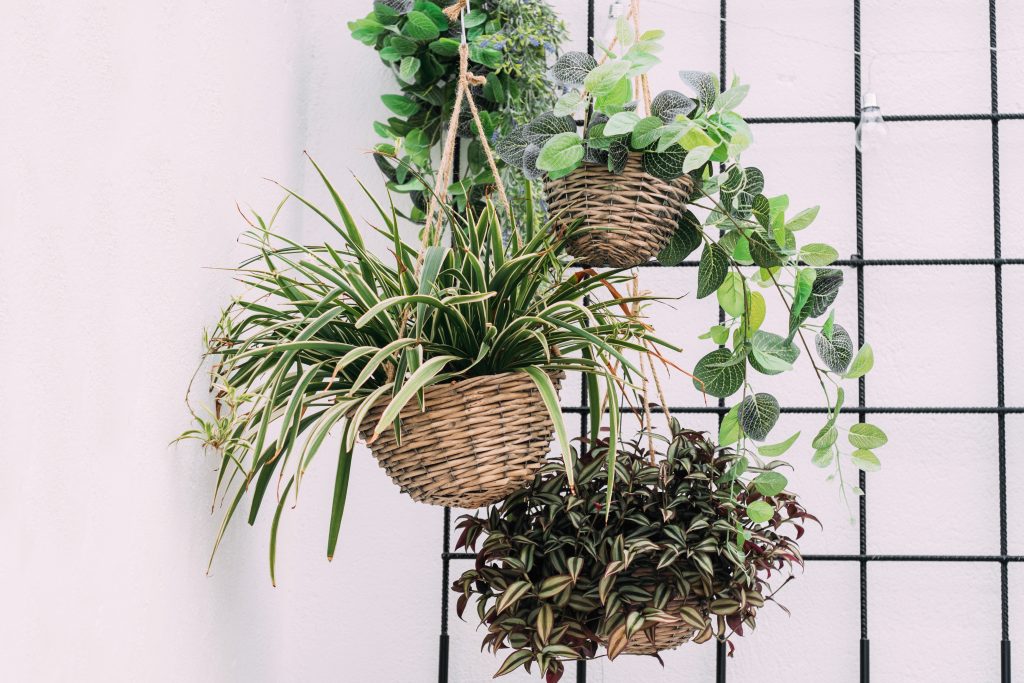
Speaking of vertical space, vertical gardening is like a green high-rise for your plants. Use trellises, hanging baskets, and even repurposed shoe organizers to grow upwards. This isn’t just about aesthetics; it’s about efficiency.
Hey hey! Don’t forget to subscribe to get our best content 🙂
Climbing plants like beans and cucumbers love this setup, and it can create a living green screen for some privacy from nosy neighbors. Plus, it keeps your precious greens away from urban critters who think you opened a salad bar just for them.
3. Composting in the City

You might think composting is reserved for those with big backyards, but that’s not the case. City dwellers can compost too, using bins designed for small spaces that control odor and pests.
By turning your kitchen scraps into gold (well, nutrient-rich soil), you’re not just reducing waste, you’re giving your plants a gourmet meal. And who doesn’t want to claim they’ve got the secret recipe for the best tomatoes on the block?
4. DIY Drip Irrigation
Water is a precious commodity, especially in urban areas. A DIY drip irrigation system, which can be as simple as repurposed plastic bottles with tiny holes, ensures your plants get just the right amount of hydration.
Not only does this save water, but it also saves you time – no more daily watering duty. This little hack might just give you the freedom to enjoy that weekend getaway without coming back to a plant cemetery.
In the video, Green Tech Town explains –
Green Tech Town
- Planning and Preparing: Spend time pre-planning the layout of the drip irrigation system to ensure it fits your needs.
- Component Selection: Gather all necessary components for the drip irrigation system, including tubing, filters, regulators, and adapters.
- Poly Tubing Handling: Place poly tubing in the sun to make it more flexible before installation, and cut it using standard scissors.
- Connection Considerations: Install filters, pressure regulators, and hose adapters to protect the system and control water flow.
- Fittings and Installation: Use hand-tightened fittings and permalock fittings that require no special tools for installation.
- Management and Control: Consider using shut-off valves to manage water flow and control the system using a smartphone if possible.
- Emitter Installation: Punch holes in the poly tubing and insert barb tubing couplers for emitter installation.
- Emitter Selection: Choose pressure-compensating cleanable emitters based on flow rate and soil type.
- Drip Line Installation: Experiment with drip lines for raised beds, installing end caps and using barbed couplings and elbows for configuration.
- Benefits and Cost: Drip irrigation allows for efficient watering, prevents fungal spread, and can be winterized easily. The total cost of the system was approximately $120, with spare parts left over.
5. Choosing Urban Livestock

Chickens and bees can be fantastic urban homesteaders too! Chickens provide fresh eggs and natural pest control, while bees are champions of pollination (and hey, who doesn’t love homemade honey?). Just be sure to check your local regulations before you turn your rooftop into Old MacDonald’s farm. Remember, happy neighbors make for happy homesteaders.
6. Preserving Your Harvest

When your tiny plot yields more than you can eat, it’s time to get preserving. Canning, drying, and pickling aren’t just old-fashioned fun; they’re smart ways to enjoy the fruits (and veggies) of your labor year-round.
There’s something incredibly satisfying about popping open a jar of summer in the dead of winter. Plus, homemade jams and pickles make great gifts – if you’re willing to part with them, that is.
7. Upcycling for the Garden
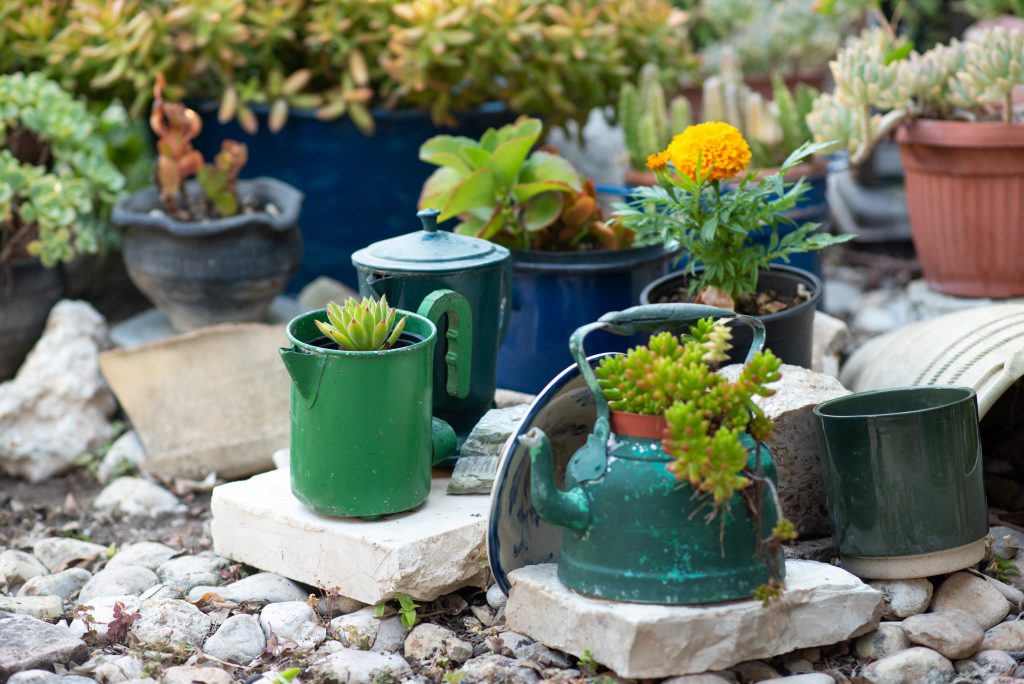
Before you toss something, think: could this be my next planter? Upcycling is not just thrifty; it’s creative. Old boots, bathtubs, and even computer monitors can be given a second life as quirky plant homes. It’s a conversation starter, and you’re doing Mother Earth a solid by reducing waste. Plus, it’s a chance to show off your upcycling genius to all your friends.
8. Balcony Beekeeping Basics
Beekeeping on your balcony? Absolutely! Urban bees are known to be healthier and more productive than their rural cousins. Start with a small, low-maintenance hive and you’ll be buzzing with excitement as your tiny friends pollinate your plants and the city’s flora. Remember to suit up; those little buzzers don’t always know how much you’re helping them.
9. Renewable Energy Solutions

Harnessing renewable energy can power your urban homestead in a clean, green way. Solar panels can fit on balconies or roofs and power anything from your plant grow lights to your chicken coop’s security system. It’s an investment upfront but think of the bragging rights – and the utility bill savings!
10. Community Sharing Systems
Last, but not least, get to know your fellow urban homesteaders. Sharing tools, seeds, and harvests can build a strong community and save everyone some cash. There’s a tool library or a seed exchange in many cities, and if there isn’t one in your area, why not start one? After all, it takes a village to raise a garden.
Embarking on an urban homesteading journey can be as rewarding as it is eco-friendly. With these ten thrifty hacks, you’re well on your way to transforming your urban space into a sustainable sanctuary that’s as kind to your wallet as it is to the Earth.


